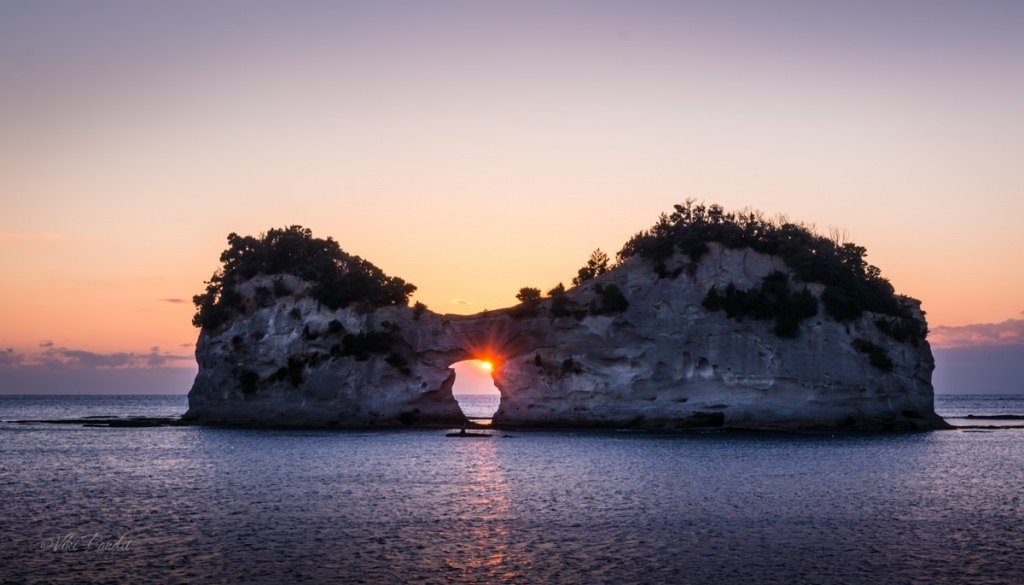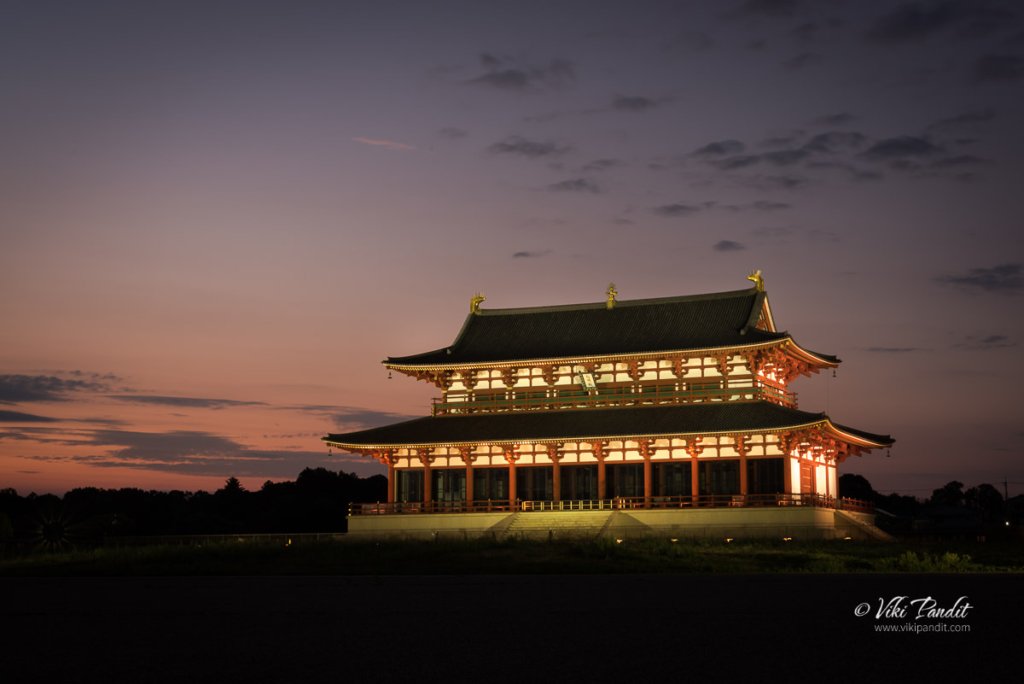
The Dunes of Tottori
JR Train Station Bus to Tottori Sand Dunes Parking lot Tottori Sand Dunes Entrance Tottori Sand Dunes Viki at Tottori Sand Dunes Mani at Tottori Sand Dunes Climbing the Horseback Dune Atop the Horseback Dune View of the Sea Western coast Setting up my tripod Catching the sunset over Tottori Sand Dunes Mani at sunset […]


